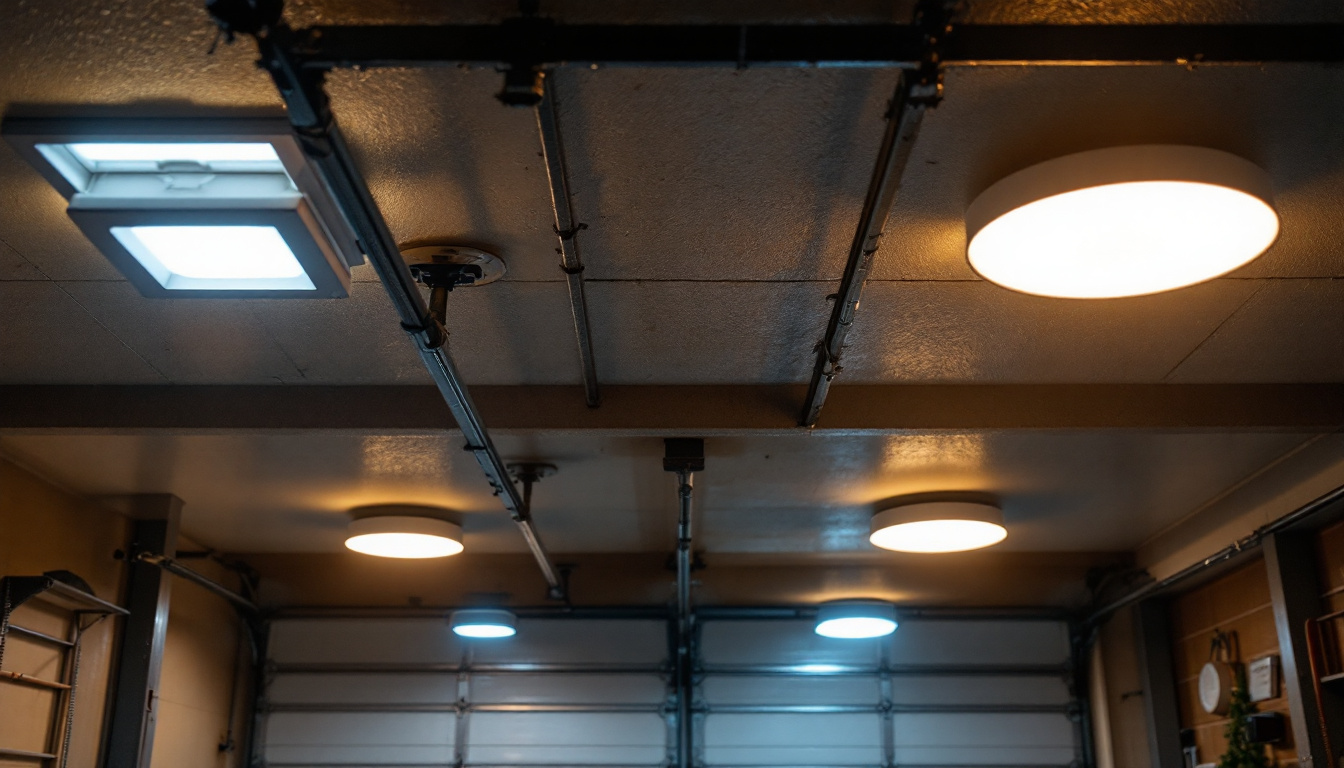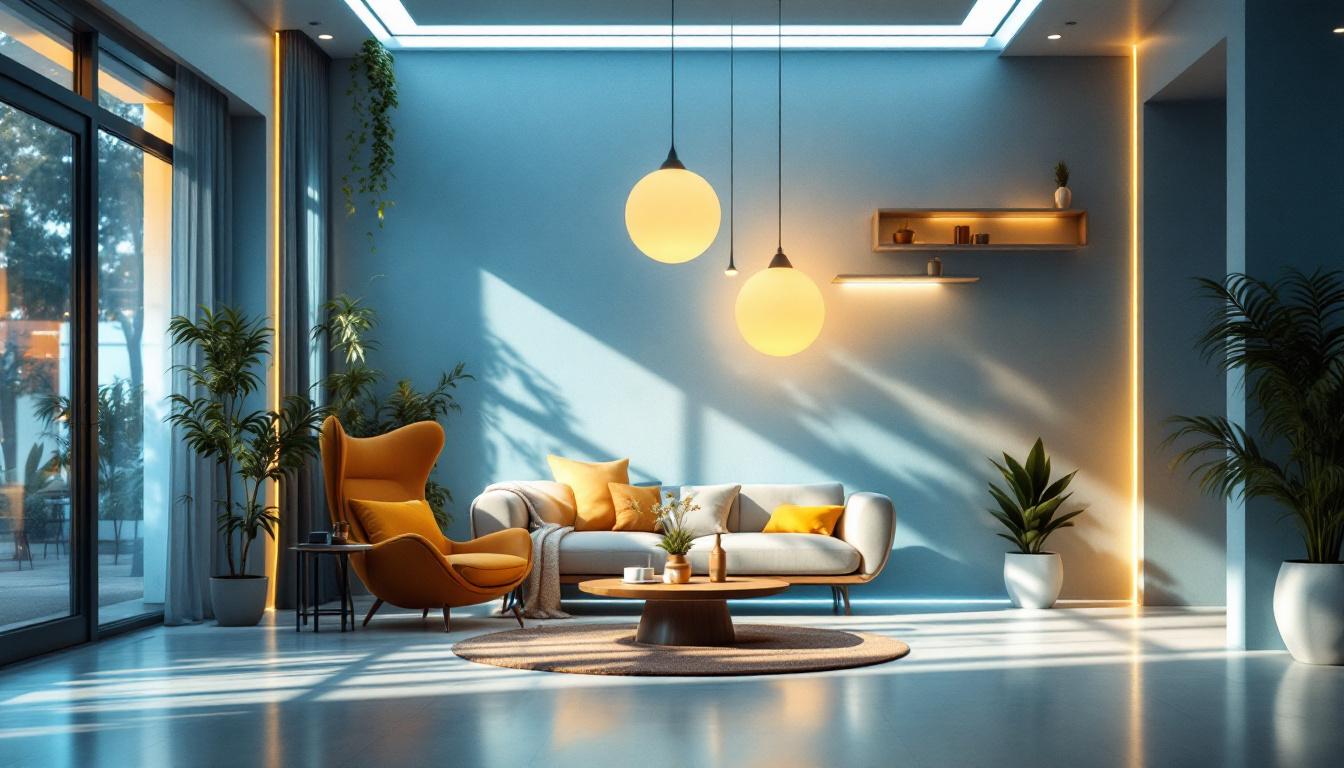
When it comes to illuminating a backyard, flood lights are a crucial component that can greatly enhance both aesthetics and functionality. However, many lighting contractors often overlook key factors that can make a significant difference in the effectiveness and efficiency of these lighting solutions. This article delves into the best flood lights for backyards, highlighting aspects that are frequently neglected in the planning and installation process.
Flood lights serve multiple purposes, from providing security to enhancing the beauty of outdoor spaces. Selecting the right type of flood light is essential for achieving the desired outcome. Not only do they need to be bright enough to illuminate the area, but they should also be energy-efficient and durable.
Understanding the different types of flood lights available on the market is the first step in making an informed decision. The most common types include LED, halogen, and metal halide flood lights. Each type has its own set of advantages and disadvantages.
LED flood lights are increasingly popular due to their energy efficiency and long lifespan. They consume less power and produce less heat, making them ideal for prolonged use. Halogen flood lights, while offering bright illumination, tend to consume more energy and have a shorter lifespan. Metal halide lights provide excellent color rendering but can be slow to warm up and are less energy-efficient.
Another critical aspect that contractors often overlook is the brightness of the flood lights, measured in lumens. The appropriate lumen output depends on the specific application and the size of the area being illuminated. For instance, a small backyard may only require 1,000 to 2,000 lumens, while larger spaces may need upwards of 5,000 lumens.
It’s essential to consider the purpose of the lighting. For security purposes, brighter lights are generally preferred, while softer lighting may be more suitable for creating an inviting atmosphere for gatherings. Understanding the balance between brightness and ambiance is key to a successful installation.
Moreover, the placement of flood lights plays a significant role in their effectiveness. Proper positioning can minimize shadows and ensure that light is distributed evenly across the desired area. For instance, mounting lights at an angle can help illuminate pathways without causing glare, while strategically placing them around the perimeter of a property can enhance security by eliminating dark spots where intruders might hide. Additionally, incorporating motion sensors can further increase the utility of flood lights, allowing them to activate only when movement is detected, thus saving energy and extending the lifespan of the bulbs.
Another factor to consider is the color temperature of the flood lights, which can greatly influence the mood of the space. Flood lights typically come in a range of color temperatures, from warm white (around 3000K) to cool white or daylight (5000K and above). Warmer tones tend to create a cozy and inviting atmosphere, making them ideal for residential settings, while cooler tones are often used in commercial applications for a more modern and professional look. By carefully selecting the color temperature, you can enhance the aesthetic appeal of your outdoor area while ensuring it remains functional and safe.
In today’s environmentally conscious market, energy efficiency is more than just a trend; it’s a necessity. Many contractors fail to emphasize the long-term cost savings associated with energy-efficient flood lights.
When selecting flood lights, it’s important to pay attention to energy ratings. LED lights typically have a higher energy efficiency rating compared to halogen and metal halide options. This efficiency translates not only to lower electricity bills but also to a reduced carbon footprint.
Contractors should educate their clients about the benefits of investing in energy-efficient lighting solutions. While the initial cost may be higher for LED options, the long-term savings can be substantial, making it a worthwhile investment.
Smart flood lights are becoming increasingly popular, offering features such as remote control, scheduling, and integration with home automation systems. These advanced options can enhance the convenience and functionality of outdoor lighting.
However, many contractors overlook the potential of smart lighting solutions. By incorporating these technologies, contractors can provide clients with a more personalized and efficient lighting experience. This not only adds value to the project but also positions the contractor as a forward-thinking professional in the industry.
The placement and installation of flood lights can significantly impact their effectiveness. Unfortunately, this is an area where many contractors make assumptions that can lead to suboptimal results.
Proper placement of flood lights is crucial for achieving the desired illumination. Lights should be positioned to minimize shadows and maximize coverage. Contractors should consider the layout of the backyard, including any landscaping features, pathways, and seating areas.
Additionally, the height at which flood lights are installed can affect their performance. Installing lights too low may result in uneven lighting, while positioning them too high can create harsh shadows. A careful assessment of the area will help determine the optimal height and angle for installation.
Wiring and power supply are often overlooked aspects of flood light installation. Ensuring that the electrical system can handle the load of the flood lights is essential for safety and functionality. Contractors should conduct a thorough evaluation of the existing electrical infrastructure before proceeding with the installation.
Moreover, using high-quality wiring and connectors can prevent future issues, such as flickering lights or complete outages. It’s advisable to follow local codes and regulations when it comes to electrical installations to ensure compliance and safety.
Backyard flood lights are exposed to various weather conditions, making durability a key consideration. Many contractors underestimate the importance of selecting lights that can withstand the elements.
The materials used in the construction of flood lights play a significant role in their longevity. Options made from corrosion-resistant materials, such as aluminum or stainless steel, are ideal for outdoor use. Additionally, lights with tempered glass lenses can provide better protection against impacts and harsh weather.
Contractors should prioritize products that are rated for outdoor use and have a high IP (Ingress Protection) rating. This rating indicates the light’s ability to resist dust and moisture, which is crucial for maintaining performance over time.
A robust warranty can be a strong indicator of the manufacturer’s confidence in their product. Contractors should look for flood lights that come with a comprehensive warranty, as this can provide peace of mind for both the contractor and the client.
Additionally, reliable customer support from the manufacturer can be invaluable in case of any issues that arise post-installation. This support can help contractors address concerns quickly and maintain a good relationship with their clients.
While functionality is critical, the aesthetic appeal of flood lights should not be overlooked. Many contractors focus solely on the practical aspects, neglecting how lighting can enhance the visual appeal of a backyard.
The color temperature of flood lights can dramatically affect the ambiance of outdoor spaces. Warmer color temperatures (around 2700K to 3000K) create a cozy and inviting atmosphere, while cooler temperatures (4000K and above) can provide a more modern and vibrant feel.
Contractors should discuss color temperature options with clients, considering the overall design and purpose of the backyard. Incorporating a mix of color temperatures can also add depth and dimension to the lighting design.
Utilizing various lighting techniques can further enhance the aesthetics of a backyard. Techniques such as uplighting, downlighting, and wall washing can create dramatic effects and highlight specific features, such as trees, sculptures, or architectural elements.
Contractors should be knowledgeable about these techniques and how to implement them effectively. A well-thought-out lighting design can transform an ordinary backyard into a stunning outdoor retreat.
Finally, maintenance is an often-overlooked aspect of flood light installations. Ensuring that lights remain functional and efficient requires regular upkeep, which many contractors fail to communicate to their clients.
Encouraging clients to conduct regular inspections of their flood lights can help identify issues before they become significant problems. Checking for dirt buildup, damaged fixtures, or flickering lights can prolong the life of the installation and maintain its effectiveness.
Providing clients with a maintenance schedule can be beneficial. This can include recommendations for cleaning, bulb replacement, and general upkeep, ensuring that the lighting remains in top condition.
As technology continues to evolve, upgrading flood lights may become necessary. Contractors should stay informed about the latest advancements in lighting technology and communicate these options to clients.
Encouraging clients to consider upgrades, such as smart lighting or more energy-efficient options, can enhance their outdoor experience and keep their lighting solutions current.
In conclusion, selecting the best flood lights for a backyard involves more than just picking a product off the shelf. Lighting contractors must consider a variety of factors, including type, energy efficiency, placement, durability, aesthetics, and maintenance. By addressing these often-overlooked aspects, contractors can deliver exceptional lighting solutions that enhance both the functionality and beauty of outdoor spaces.
Ultimately, a well-executed flood light installation can transform a backyard into a safe, inviting, and visually stunning environment. By prioritizing these considerations, lighting contractors can elevate their projects and provide clients with a truly remarkable outdoor experience.
Ready to elevate your lighting projects with the best flood lights on the market? At LumenWholesale, we provide lighting contractors like you with spec-grade lighting products that combine quality, affordability, and convenience. Say goodbye to local distributor markups and hello to our unbeatable wholesale prices, free shipping, and a selection that meets the highest industry standards. Don’t compromise on your lighting solutions. Choose LumenWholesale for Wholesale Lighting at the Best Value and make your next backyard transformation a shining success.

Discover the top lighting solutions for your garage ceiling that not only brighten up your space but also enhance safety.

Discover the key insights lighting contractors need to meet client expectations in modern projects.

Discover the transformative power of Hi-Light technology in revolutionizing lighting designs.

Discover 5 key reasons why lighting contractors should prioritize T8 tube lighting. Boost efficiency, save costs, and enhance project quality—learn more now!.